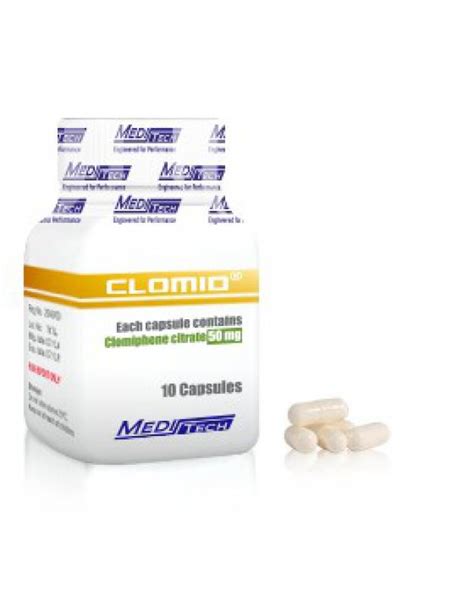
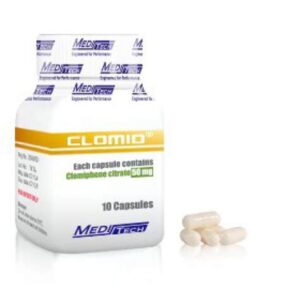
Clomid Meditech
0 out of 5
$48.00
Category: PCT
Tags: buy clomid, clomid, clomid for sale, meditech, pct
- Description
- Reviews (0)
Description
Clomid (Clomiphene Citrate): A Comprehensive Guide
Clomid, scientifically known as Clomiphene Citrate, is a selective estrogen receptor modulator (SERM) widely used in both medical and performance-enhancement contexts. Known for its ability to stimulate ovulation in women and restore natural testosterone production in men, Clomid is a key component of post-cycle therapy (PCT) for steroid users. This article will explore everything you need to know about Clomid, including its uses, benefits, potential downsides, and why it is considered an essential tool for managing hormonal balance.
What is Clomid?
Clomid is a non-steroidal fertility drug that works by blocking estrogen receptors in the hypothalamus, leading to an increase in the release of gonadotropin-releasing hormone (GnRH). This, in turn, stimulates the pituitary gland to release more luteinizing hormone (LH) and follicle-stimulating hormone (FSH), which are essential for ovulation in women and testosterone production in men. Clomid was originally developed to treat infertility in women but has since gained popularity in the bodybuilding community for its ability to restore natural testosterone production after a steroid cycle.
Why Use Clomid?
Clomid is primarily used for its ability to stimulate natural testosterone production. Here are some reasons why bodybuilders, athletes, and medical patients choose Clomid:
- Post-Cycle Therapy (PCT): Clomid helps restore natural testosterone production after a steroid cycle, reducing the risk of low testosterone and maintaining gains.
- Fertility Treatment: Clomid is used to treat infertility in women by stimulating ovulation.
- Hypogonadism Treatment: Clomid can be used to treat hypogonadism (low testosterone) in men.
- Estrogen Control: Clomid can help manage estrogen-related side effects like gynecomastia (male breast enlargement) during steroid cycles.
Advantages of Clomid
- Effective PCT: Clomid is one of the most effective drugs for restoring natural testosterone production after a steroid cycle.
- Fertility Support: Clomid is highly effective at stimulating ovulation in women and improving fertility.
- Minimal Side Effects: Compared to other SERMs, Clomid is well-tolerated with a lower risk of severe side effects.
- Non-Steroidal: Clomid is not a steroid, meaning it does not carry the same risks of hormonal side effects.
- Versatility: Clomid can be used both during a steroid cycle to prevent estrogen-related side effects and during PCT to aid recovery.
Disadvantages and Risks of Clomid
While Clomid is generally well-tolerated, it is not without risks. Potential disadvantages include:
- Mild Side Effects: Some users may experience mild side effects like hot flashes, nausea, or headaches.
- Mood Swings: Clomid can cause mood swings and emotional instability in some users.
- Vision Problems: In rare cases, Clomid can cause visual disturbances like blurred vision or floaters.
- Not a Complete Estrogen Blocker: Clomid only blocks estrogen receptors in certain tissues and does not reduce overall estrogen levels in the body.
What is Clomid Used For?
- Medical Uses:
- Treating infertility in women by stimulating ovulation.
- Treating hypogonadism (low testosterone) in men.
- Performance Enhancement:
- Restoring natural testosterone production during post-cycle therapy (PCT).
- Preventing estrogen-related side effects like gynecomastia during steroid cycles.
Benefits of Using Clomid
- Post-Cycle Recovery: Clomid helps restore natural testosterone production, reducing the risk of low testosterone and maintaining gains.
- Fertility Support: Clomid is highly effective at stimulating ovulation in women and improving fertility.
- Estrogen Control: Clomid can help manage estrogen-related side effects like gynecomastia.
- Boosted Confidence: By preventing unwanted side effects and aiding recovery, Clomid can improve self-esteem and motivation.
How to Use Clomid
Clomid is typically taken orally. Dosages vary depending on the purpose of use:
- Post-Cycle Therapy (PCT):
- Weeks 1-2: 50mg per day.
- Weeks 3-4: 25mg per day.
- Fertility Treatment:
- Women: 50mg per day for 5 days, starting on the 5th day of the menstrual cycle.
- Men: 25mg every other day (as prescribed by a doctor).
- Estrogen Control During Steroid Cycles:
- Low Estrogen Risk: 25mg every other day.
- Moderate Estrogen Risk: 50mg every other day.
Managing Side Effects
To minimize the risks associated with Clomid, consider the following:
- Monitor for Vision Problems: Be aware of symptoms like blurred vision or floaters, and seek medical attention if they occur.
- Stay Hydrated: Drink plenty of water to reduce the risk of side effects.
- Regular Blood Work: Monitor hormone levels and overall health through regular blood tests.
Conclusion
Clomid is a versatile and effective SERM that plays a crucial role in restoring natural testosterone production, aiding post-cycle recovery, and managing estrogen-related side effects. Its minimal side effects and non-steroidal nature make it a popular choice among bodybuilders and athletes. However, it is not without risks, particularly regarding mood swings and vision problems. Responsible use and proper dosing are essential to minimize potential harm.
Before starting Clomid, consult a healthcare professional to assess your health status and determine if it is appropriate for you. Remember, achieving fitness goals through natural means should always be the first priority, and performance-enhancing drugs should only be considered as a last resort.
Be the first to review “Clomid Meditech” Cancel reply
You must be logged in to post a review.
Related Products
Anavar Order Online, Cutting steroids for sale, Oral steroids for sale
Anavar Meditech
0 out of 5
$75.00
Bulking steroids for sale, Buy Dianabol Online, Oral steroids for sale
Dianabol Meditech
0 out of 5
$35.00
Buy Winstrol Online, Cutting steroids for sale, Injectable steroids for sale
Winstrol Meditech
0 out of 5
$69.00


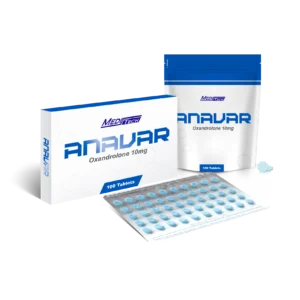

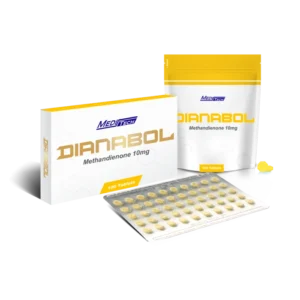

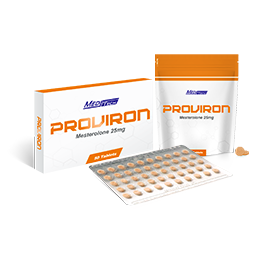

Reviews
There are no reviews yet.